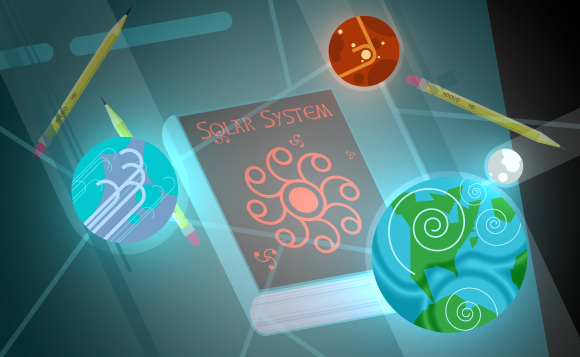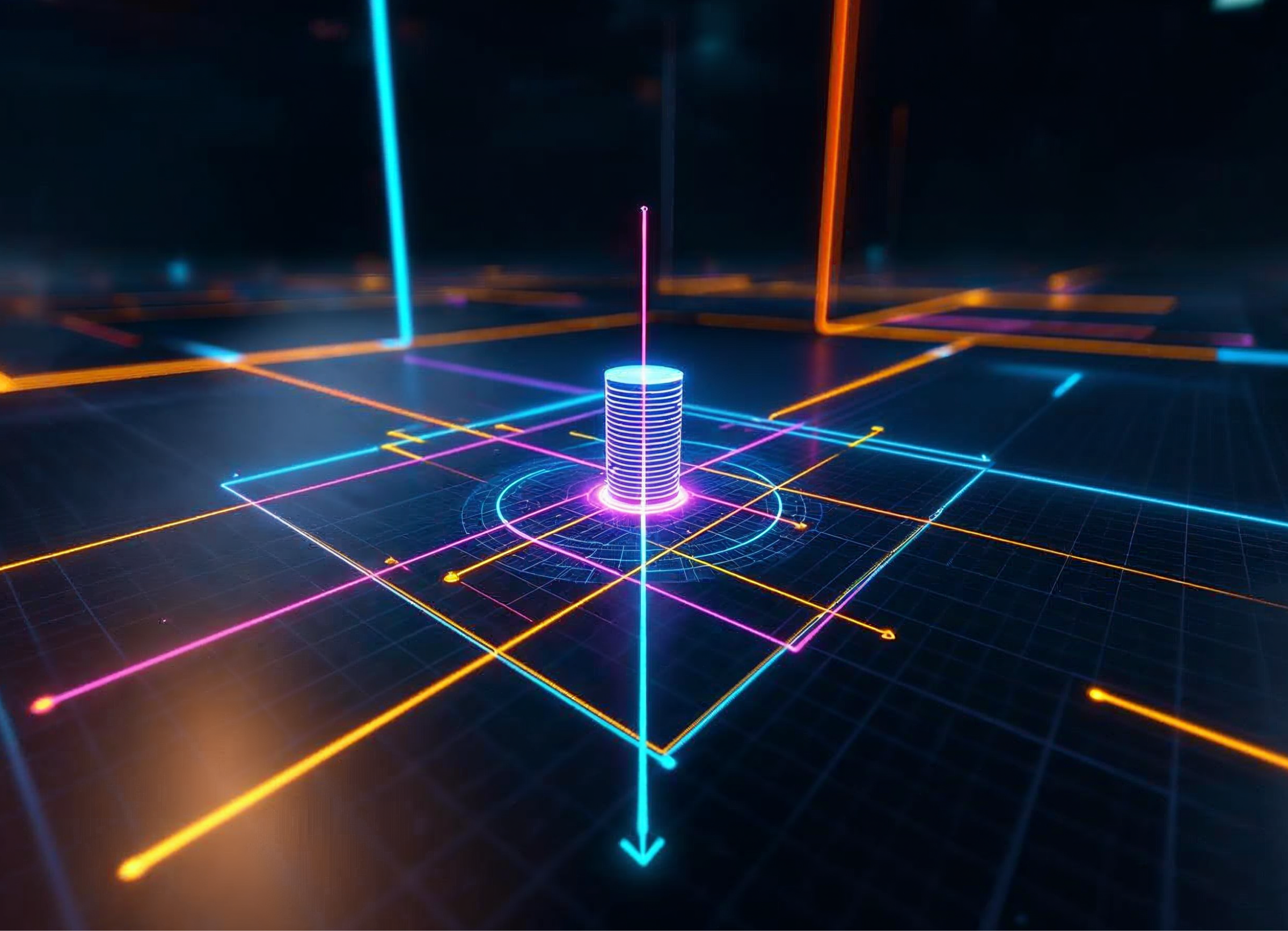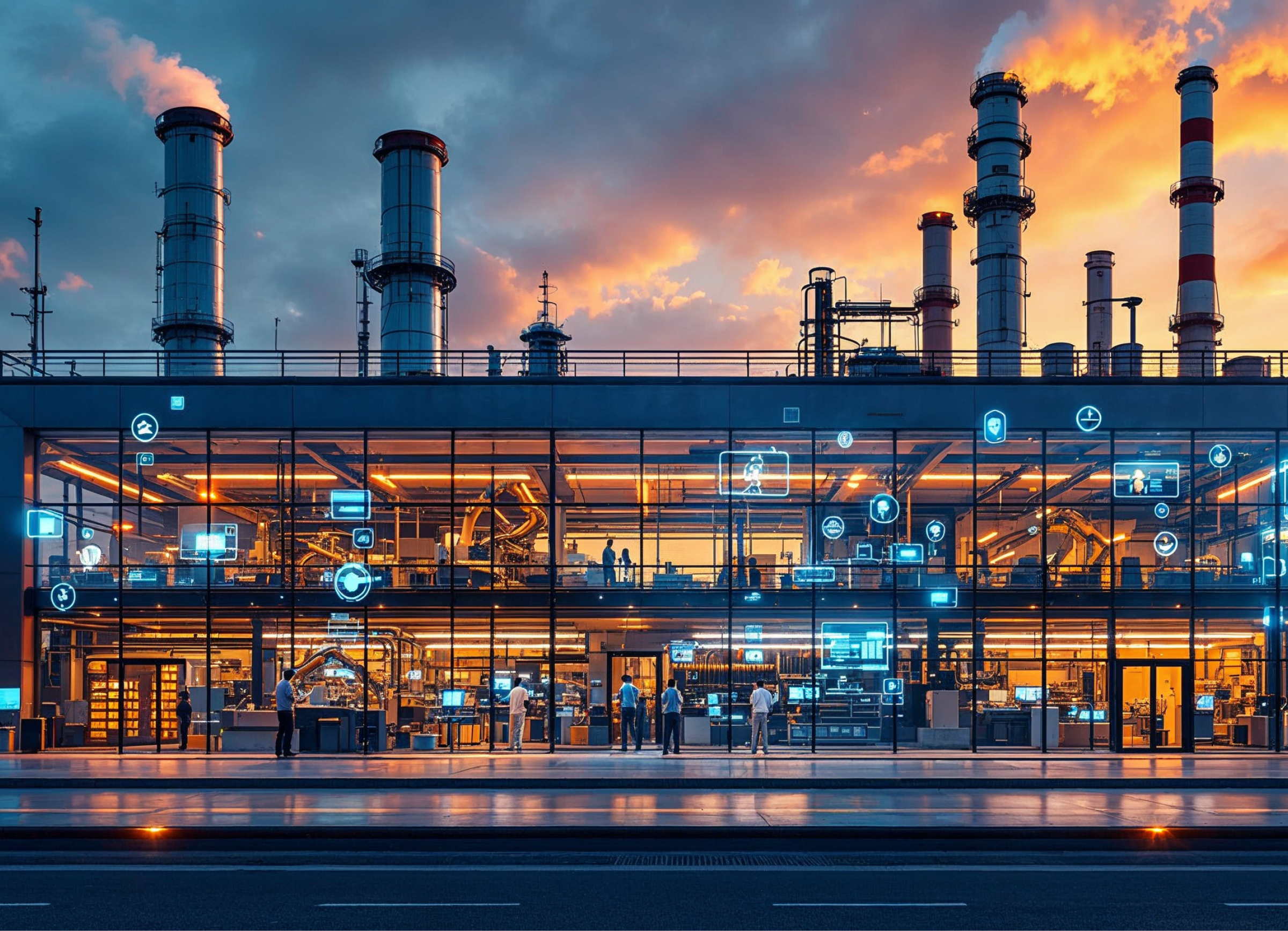
Augmented Reality has advanced progressively to become a technology which many tech companies have acknowledged, implemented and adopted into one of their main futuristic goals. Augmented reality (AR) is defined as the superimposition of a digitally generated entity or components into the real world view by means of certain technologies. AR has recently been implemented in various avenues, especially in the gaming world with much success. The breakthroughs which have been realized over the past few years are what have fueled the adoption of AR into various fields.
Education is one of the sectors which can benefit from AR, seeing as many individuals today own smartphones and other gadgets. While these devices are not primarily used for educational purposes, the implementation of AR into education models may alter the norm and bring about new ways of using hand-held devices such as smartphones as learning mediums. The untapped potential of AR applicability provides developers with the opportunity to channel creativity into various academic sectors as outlined below.
AR in Classrooms
One probable application of AR technology for application is implementation within classrooms and other learning environments such as laboratories. AR can be implemented in a way which enables the support of plain learning materials with digitally augmented features. The visual modeling of various academic concepts while adding animated features can help students to grasp concepts better and enhance their attention spans. Additional information and fun facts can also be more effectively disseminated through use of elements such as pop-up screens.
AR implementation in classrooms can also help both students and teachers to acquire information faster than through traditional means. By scanning a book, for example, students and teachers can decide whether or not they are relevant or informative enough to be included in their learning curricula. Additionally, they can use AR to identify certain words and phrases within learning material, enabling them to reduce the time taken on research.
Difficult Concepts Simplified
Academic routines have been traditionally designed to include more text than graphical content overall. However, the retention of knowledge has been proven time and again to be more efficient when there is a graphical representation of the material. AR presents learning institutions with a new paradigm for teaching, where concepts which were limited to paper print are brought to life through augmented artistry. The 3D capabilities of AR move even further to provide more immersive learning environments to students and without the need for complicated tools and gadgets thanks to software advancements.
The added advantage about AR is that learning through text does not have to be abandoned. It provides an ideal situation where the best of both entities are brought together to facilitate efficient learning experiences, where a text is used to pinpoint technical terms and AR is used to visualize them and bring them to life.
Enhancement of Interaction and Involvement
Most learners struggle with making learning an involving and interactive activity. However, institutions can break barriers by adopting AR technology into studies. The addition of augmented concepts into learning sessions can help learners to develop genuine interests in their studies, thereby motivating them to take part in classroom sessions. The capture of student attention through AR can also result in longer attention spans, enabling learners to teach more adequately and get more done during class hours.
Enhanced Discovery
The implementation of AR in schools, in conjunction with places such as museums and zoos, can enable students to discover and learn about various facts without the need for long-distance travels. AR allows the projection of content onto classrooms and mobile devices, alongside added functionality such as fact-finding and information tabs. Such tools provide a more immersive experience for every student because it minimizes congestion within these venues and allows every student to fully view the artifacts, animals etc. to their desired levels.
AR can also be incorporated along these visits to give more information about the said artifacts on site. This way, the student combines both the physical depiction of what they are viewing alongside the digital graphic representation of facts and traits which the object being viewed possesses.
Object Modeling
Various AR applications are popping up throughout the world, and some of them are centered on education. The use of AR apps in education can extend from more than just viewing and learning to that of active participatory roles by the students. Teachers can incorporate exercises, quizzes and other prompt features which encourage the learner to interact with AR and use it to solve various academic challenges. In medicine, for instance, students can learn about and interact with the human anatomy on a virtual level. The augmented model can allow students to touch various body parts and view the reactions, which will also have been programmed into the model.
Less Expensive Learning Material
The graphical models of education that are currently in place involve the use of physical modeling of items, the creation of prototypes and extensive charts to illustrate ideas and concepts. Such material, however, is very expensive in the long run. Most of the time schools do not have the financial capabilities to provide the building materials for their projects. With AR, physical representation is minimized as students have a platform for digital modeling and representation of ideas. Digital presentations not only allow a cost-effective means of presenting ideas, it also eliminates the limitations which physical materials may have, allowing students to stretch their creativity to the maximum capacity.



